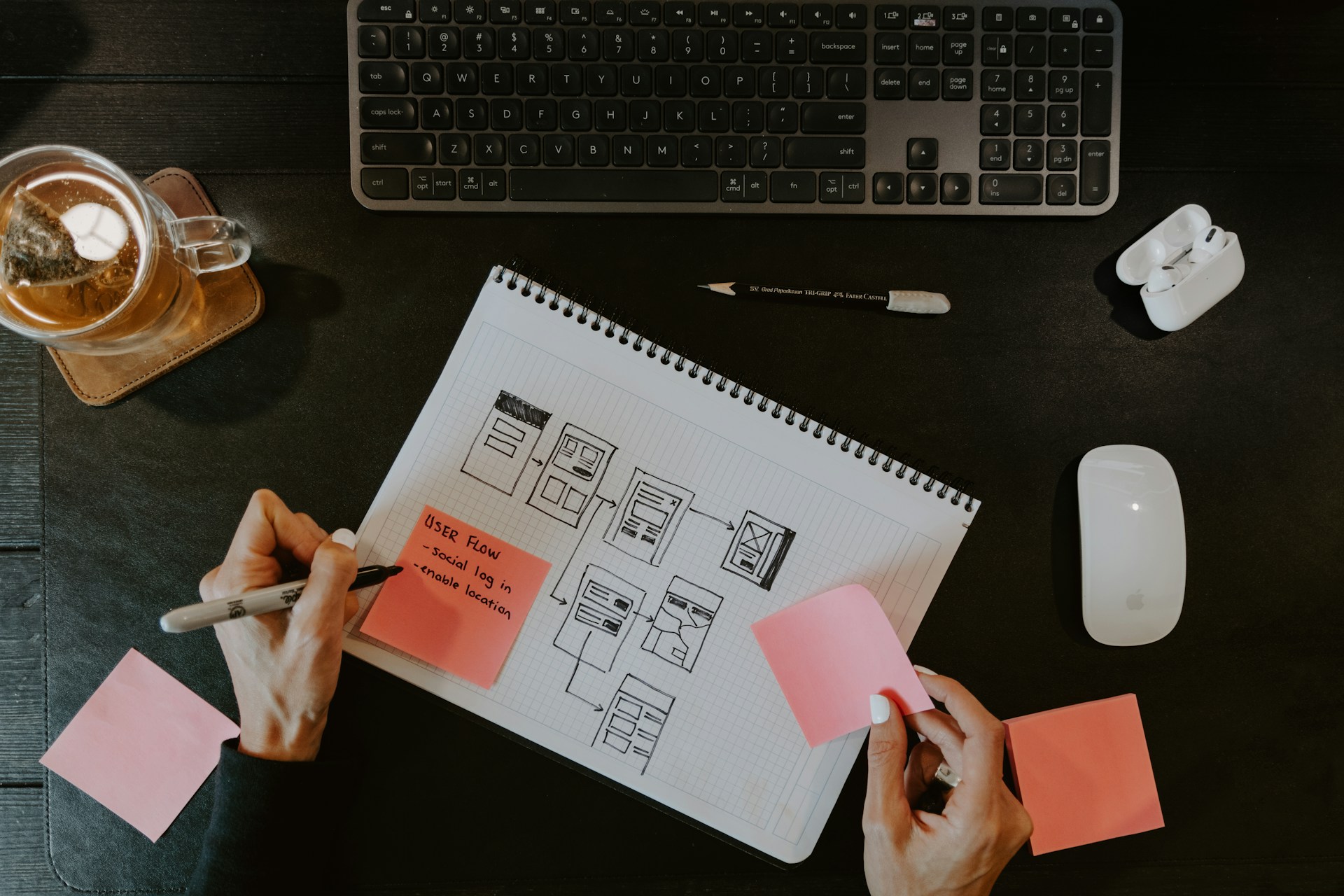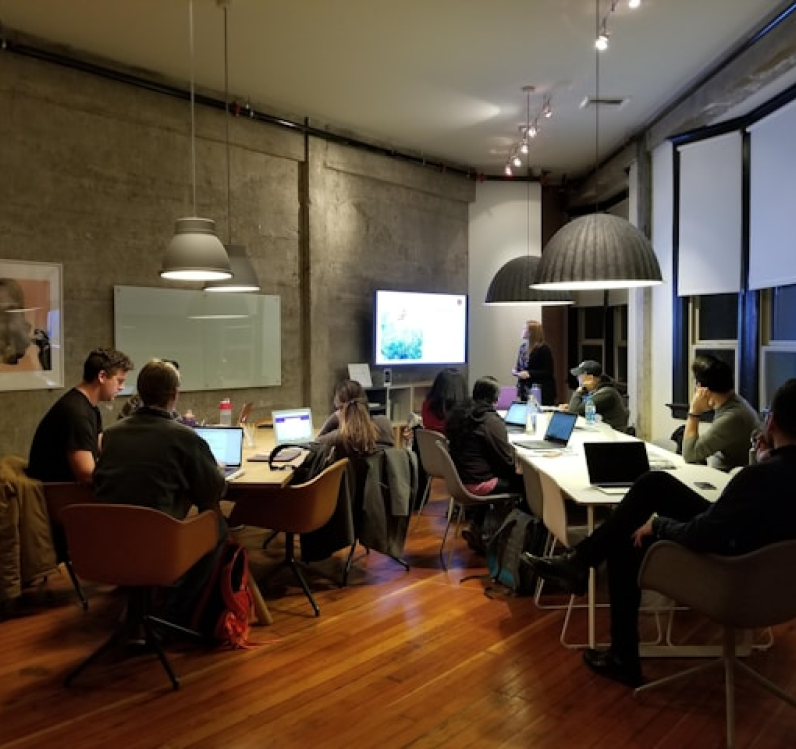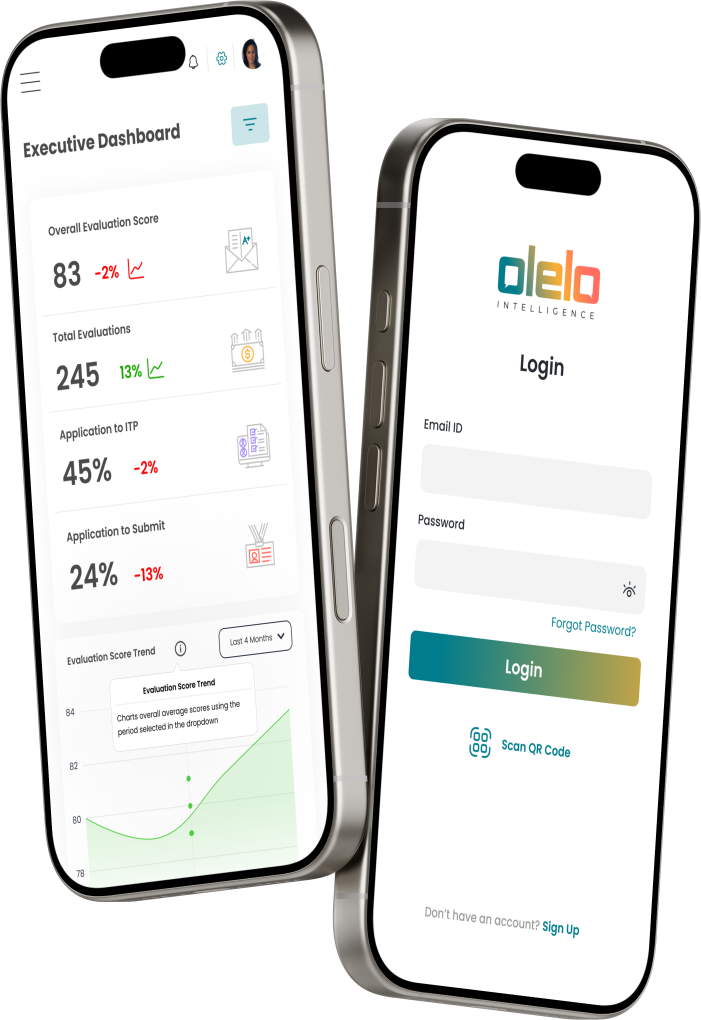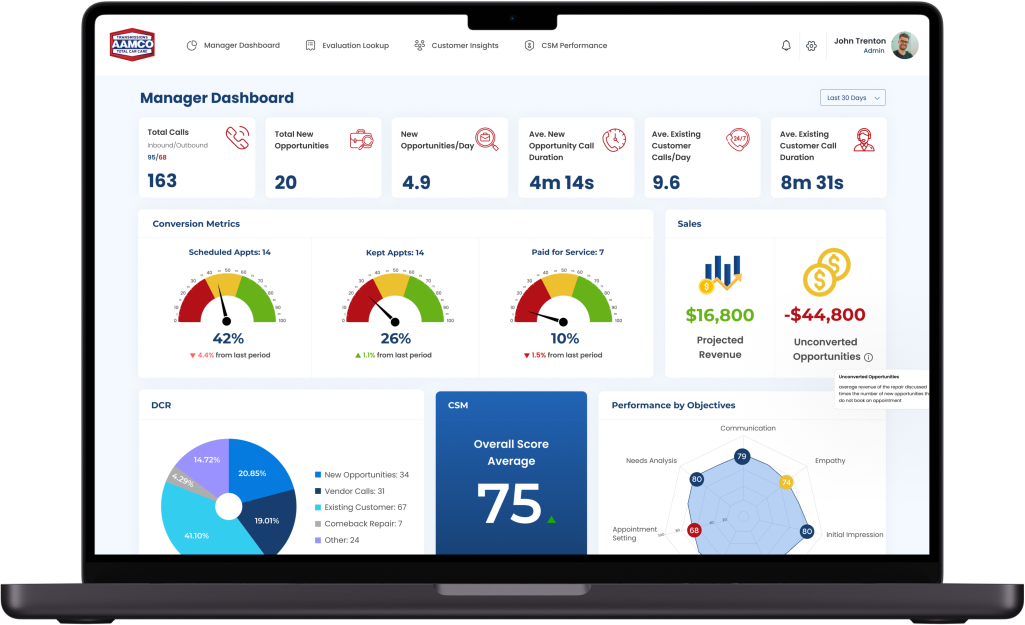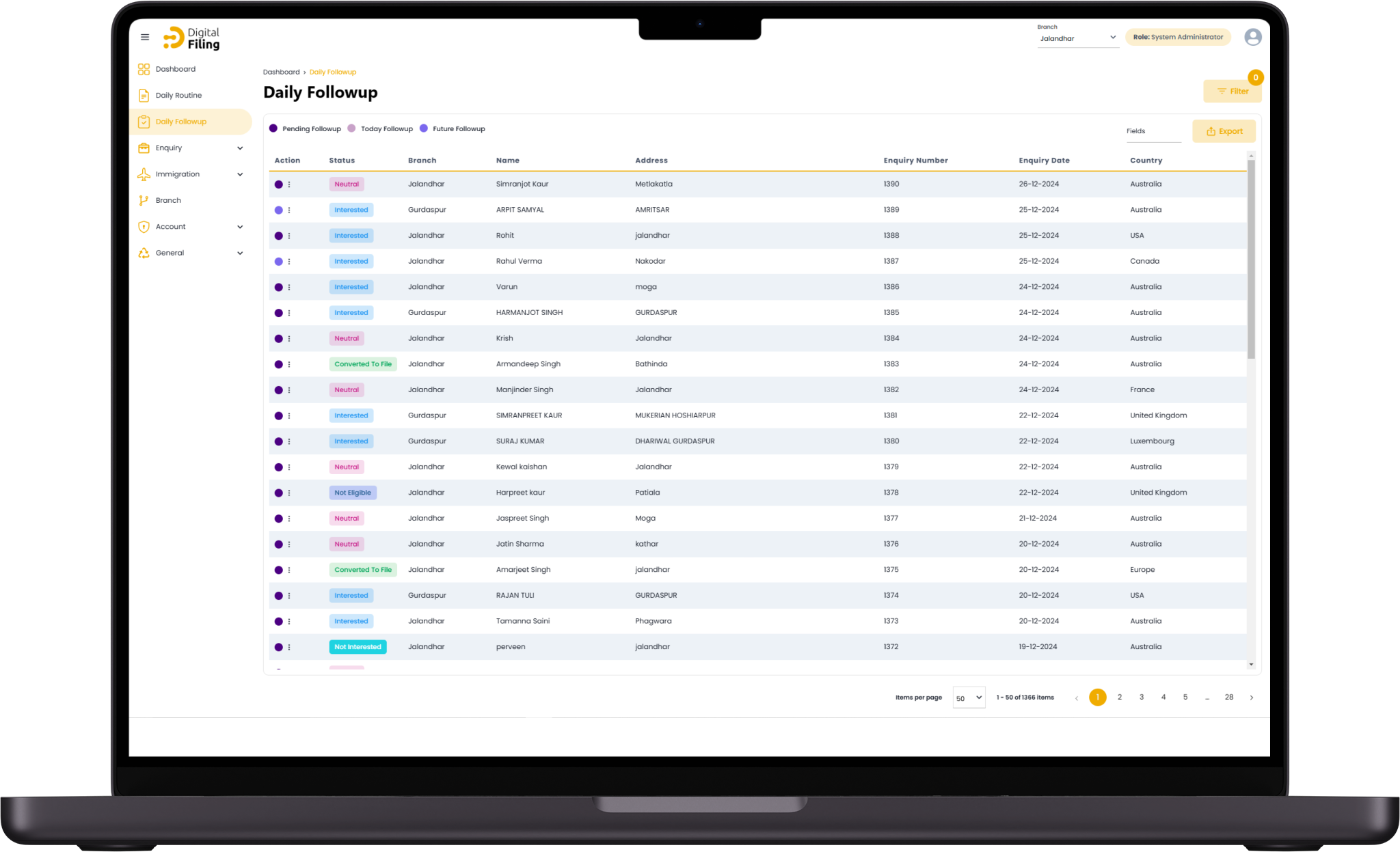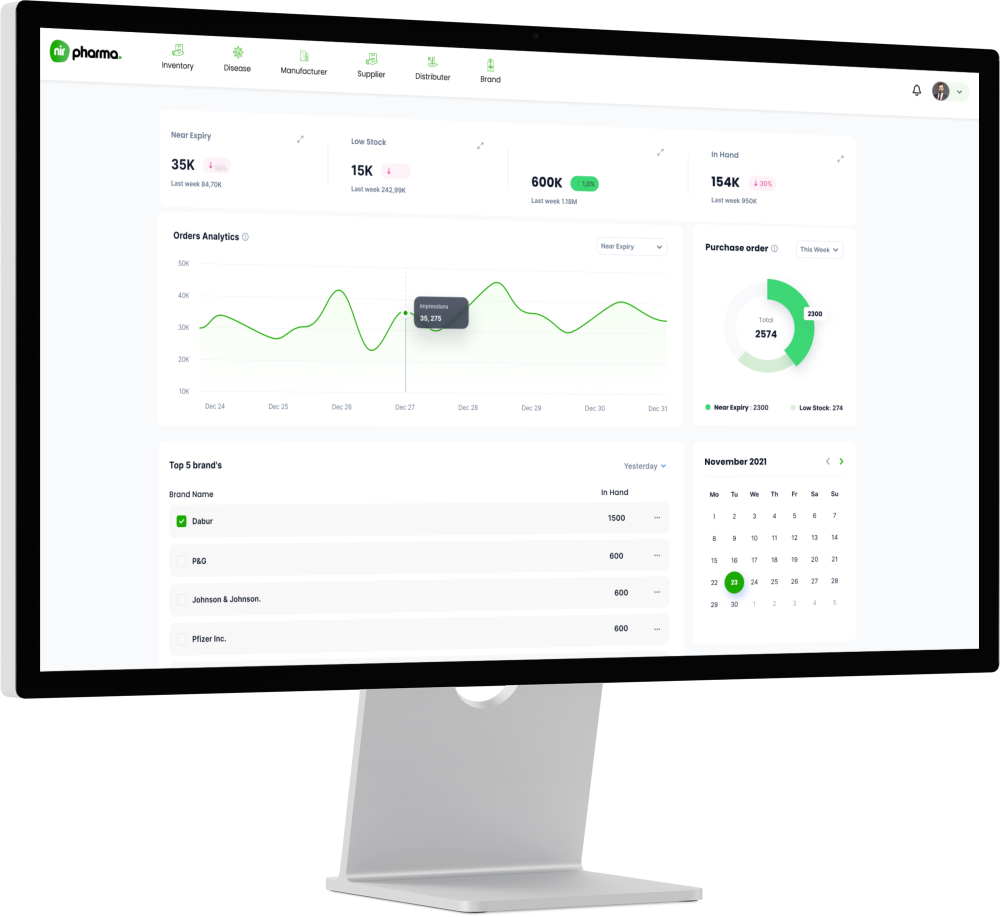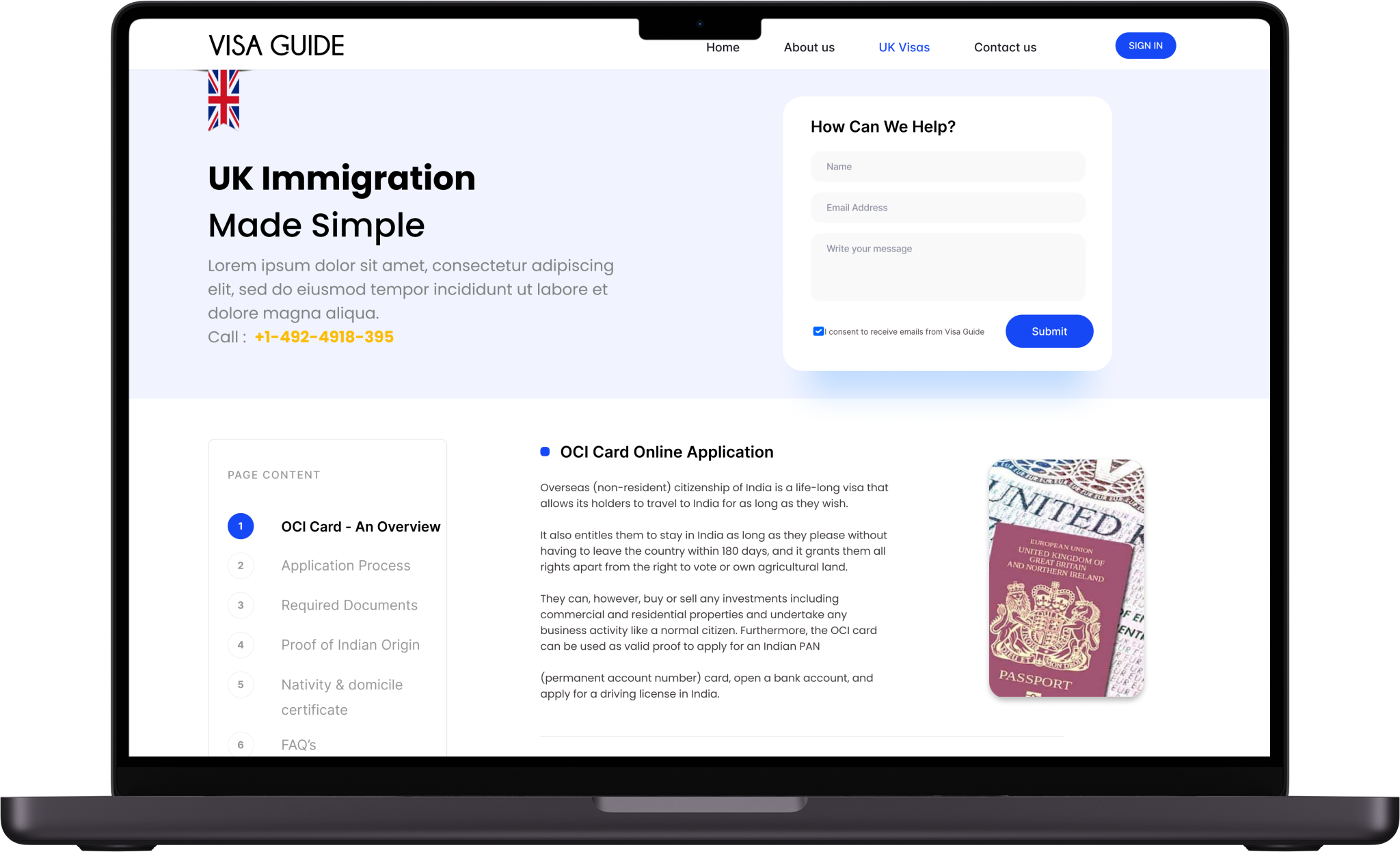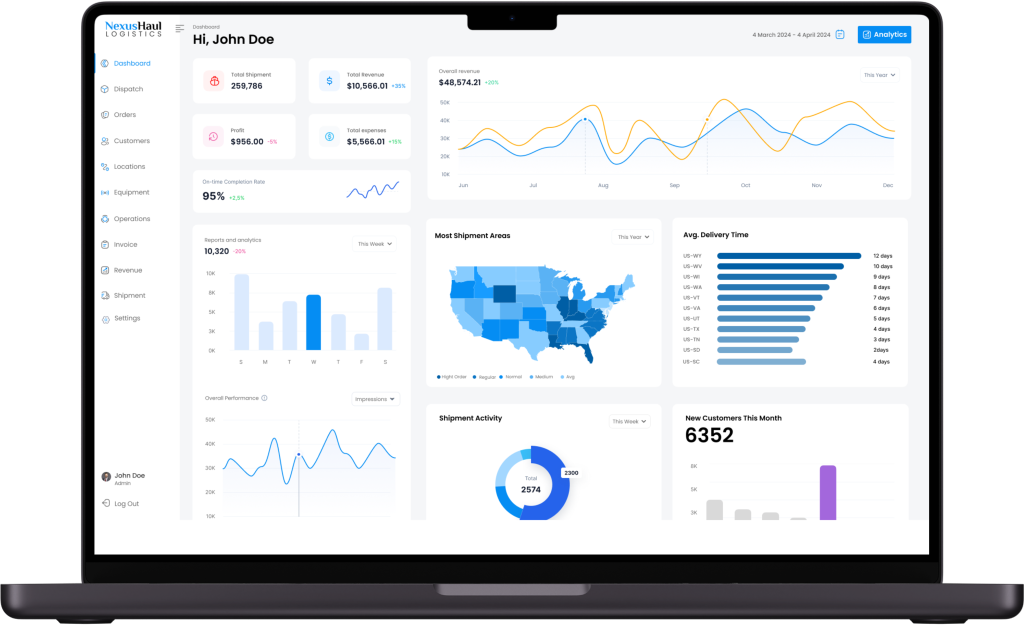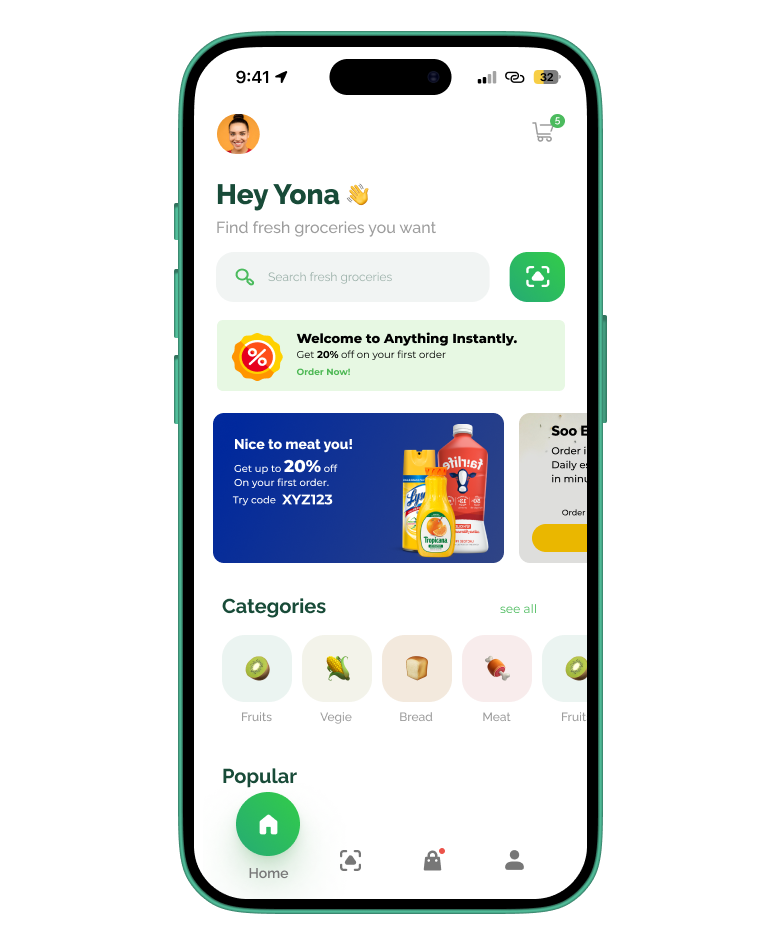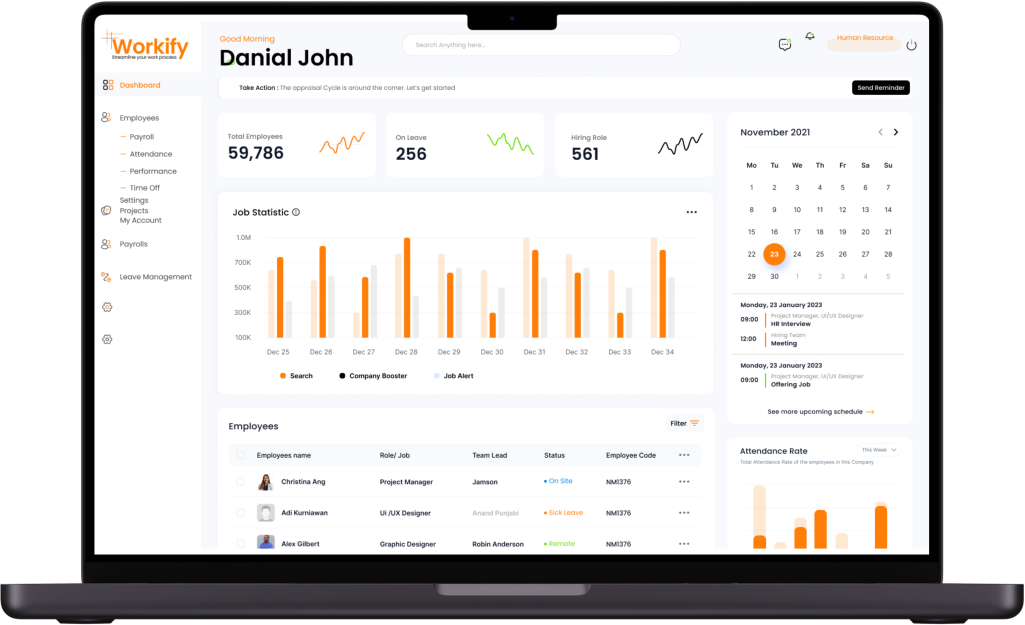The Need, Timing, and Impact of Effective Design Systems
Why is Interaction Design Important?
A well-designed interaction improves usability, helping users achieve their goals faster and with fewer frustrations.
Thoughtfully crafted interactions keep users engaged, encouraging them to spend more time within your product.
Simplified, user-friendly interfaces result in more successful interactions, leading to higher conversions.
An effective interaction design considers a diverse range of users, ensuring a wide audience can use your product.
